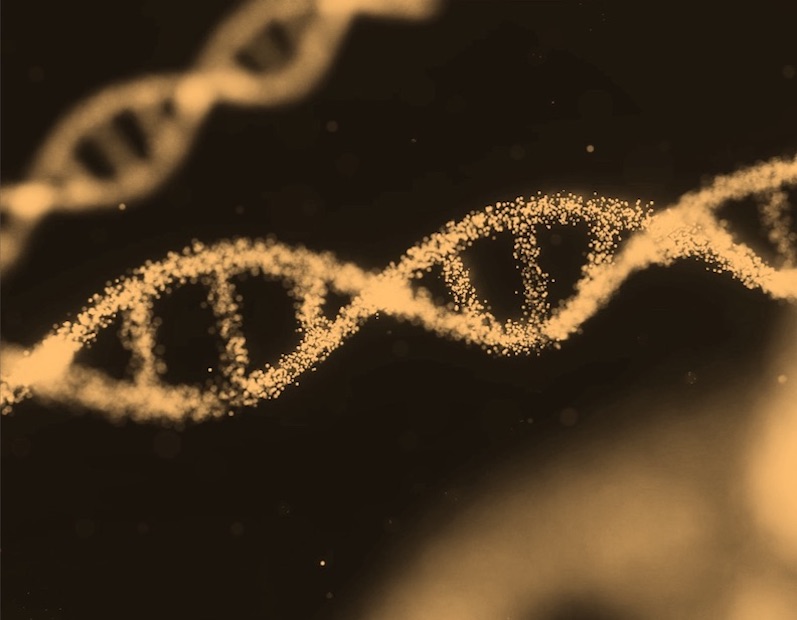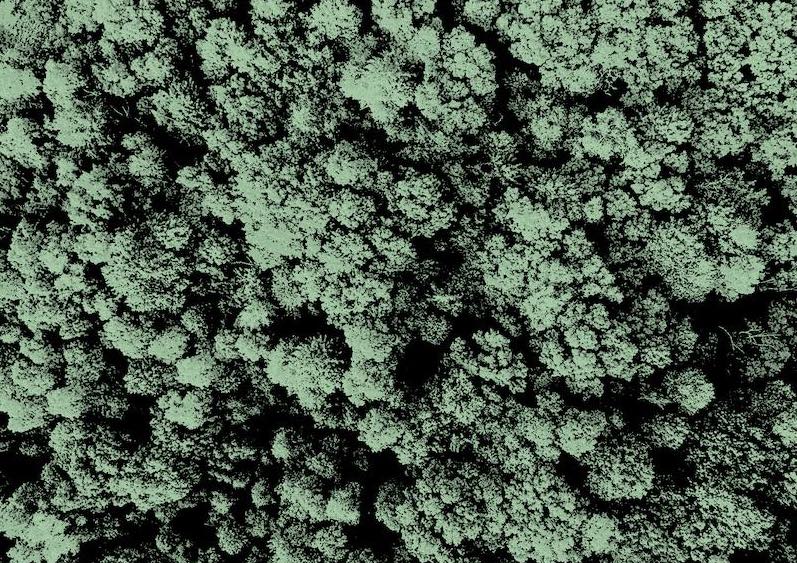What is it about?
Using a rapidly convergent composite basis of Frankowski-Pekeris and Frankowski functions, we have accurately calculated the nodal surfaces of low-lying excited states of the helium atom to investigate Bressanini and Reynolds’ conjecture [ D. Bressanini and P. J. Reynolds Phys. Rev. Lett. 95 110201 (2005)] that these nodal surfaces are rigorously independent of the interelectronic angle θ12. We find that in fact there is a slight dependence of the nodal surfaces on θ12, but it is so small that the assumption of strict independence may well yield extremely useful approximations in fixed-node quantum Monte Carlo calculations. We explain how Kato’s cusp conditions determine the qualitative features of these nodal surfaces, which can accurately be modeled using the familiar ansatz of a symmetric or antisymmetric linear combination of products of hydrogenic orbitals, with some adjustments of the parameters. We explain why a similar near independence of the nodal surfaces on the angular variables can be expected for the ground and singly excited states of the lithium atom, but generally not for larger atoms.
Featured Image

Photo by Sam Poullain on Unsplash
Why is it important?
Diffusion Monte-Carlo calculations converge to the exact energies if one knows exactly the nodal lines of any given quantum system. This paper provides some insight into it. It is found that the Lambert W function again makes its appearance in the Helium atom.
Perspectives
This paper has been rather seminal. It was almost a PRL but tuned out to be a rapid communications.
Dr Tony Cyril Scott
RWTH-Aachen University
Read the Original
This page is a summary of: Nodal surfaces of helium atom eigenfunctions, Physical Review A, June 2007, American Physical Society (APS),
DOI: 10.1103/physreva.75.060101.
You can read the full text:
Contributors
The following have contributed to this page







